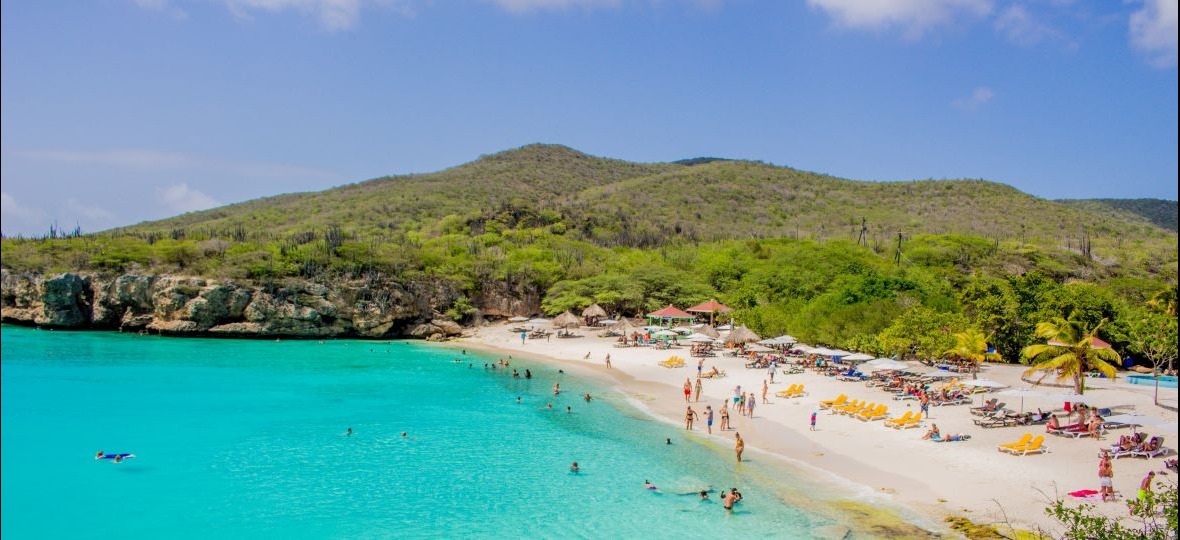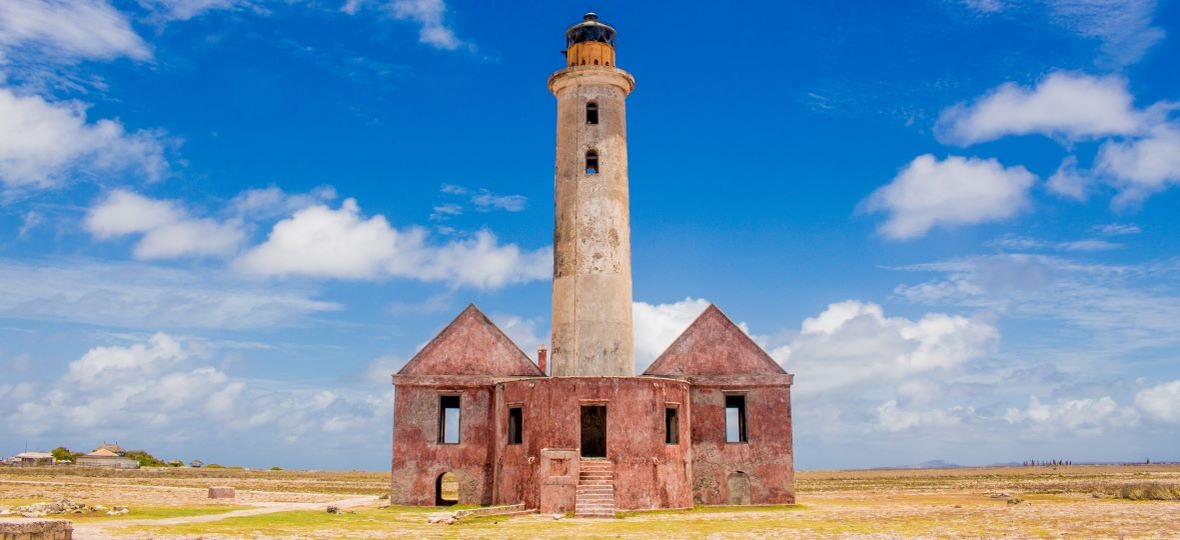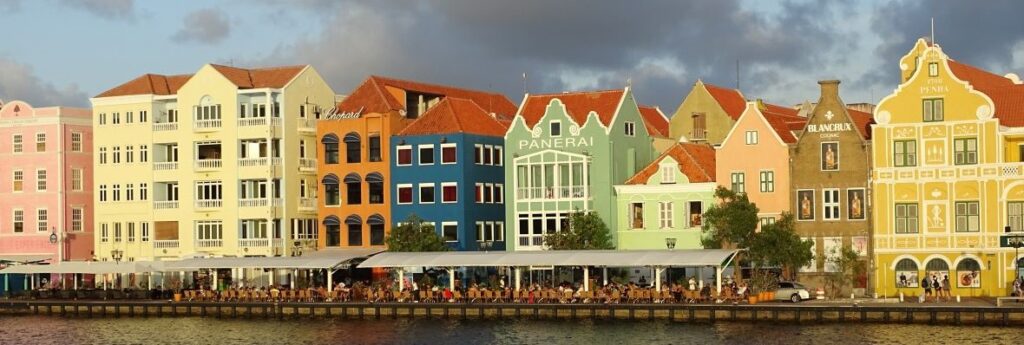There’s a frequently used word in Papiamentu – “dushi”– which, while hard to precisely translate from the local lingo on the Caribbean island of Curaçao, essentially means positive vibes, beautiful, and the good things in life, all mashed up into one.
Curaçaoans use the word a lot, not unlike “irie” in Jamaica; they even sing songs about it, though it’s likely the only word a visitor will be able to pick out of the island’s language melange, which is made of African creole, Portuguese, Spanish, English, and, of course, the official language, Dutch.
But no matter the language, dushi captures Curaçao perfectly. Located in the Dutch Caribbean as part of the so-called “ABC” islands, which also include Aruba and Bonaire, and dropped into the Caribbean Sea about 65 km off the coast of Venezuela, Curaçao is recognized for its rich history, diverse culture, colourful architecture, pristine beaches, and crystal-clear turquoise waters – not to mention its signature Blue Curaçao liqueur.
Life on the island centres around the charming capital city Willemstadt, perhaps best described as mini-Amsterdam meets Miami in the Caribbean, and famous for its Dutch architecture seemingly inspired by Crayola; plus its street art and the massive Queen Emma pedestrian bridge that connects the two sides of the city and which uniquely swings open (rather than opens like a draw bridge), thereby leaving people (temporarily) stranded on either side during operation. (Small shuttle ferries run in the interim).
A great place to watch the theatrics and pass the time while waiting for the bridge to re-open, is along Handleskad, the face of the UNESCO-designated World Heritage City, in a St. Anna Bay waterfront café, where Dutch beer is literally sold by the bucket load. (Note: Cross the bridge for the best photo op.)
The story goes that Willemstad’s original white architecture was ordered to be coloured-up by an early governor who claimed to be going blind, only to be discovered in later years to be a principle in the island’s only paint factory.
Ruell Eisden, who leads visitors around town on Atlantis Adventures e-bike tours, laughs that the buildings are now always changing colours according to the whims of the women who reside in them.
If the exterior colours of buildings are negotiable, more focussed is the myriad street art and murals in Willemstadt, which intriguingly colour the winding streets of the historic quarter, filling space between boutique and art shops, patio-bars, coffee houses, and restaurants. Invariably featured are the island’s iconic, voluptuous chichi (older sister) figures.
Eiden calls Curaçao the most authentic – and the most “chill” – of the ABC islands, and there is nowhere better to watch Willemstad go (slowly) by than at the humble “World Best Mojito Bar,” an establishment so sublime it can afford to disregard English grammar entirely in its marquee (if not the accompanying chalkboard).
A tiny, perfect piece in an otherwise marvellous mosaic, the bar is squeezed in on pedestrian- protected Colombustraat (steps away from Wilhelminaplein square on the Punda side, where the giant Curaçao letters are).
Reportedly, one can purchase a drink and take it to go, but patrons are best to settle in at one of the small tables out front to try a “world best” mojito – the cool Cuban concoction made of rum, lime, mint, and sugar, which, when packed with ice, goes down just as well in the scorching Dutch Caribbean as it does further north.
Alcohol not your thing? Not to worry, attached to WBMB is a smoothie bar, with a seemingly endless array of fruity creations, but without the booze.

The beach
For all it’s colour and culture, what’s a Caribbean island without the beach? Fortunately, there’s close to three dozen to choose from – some tiny, some large – but most mainly sprinkled with the island’s majority Dutch tourists. Notable stretches of sand include Mambo, Cas Abao, and Playa Kenepa Grandi (also known as Grote Knip).
Another option is to head off-island (onto another island) – Klein (“little”) Curaçao, which is accessible via catamaran on party cruises that make a day of it, sailing and stopping for swimming, snorkelling (sometimes with friendly sea turtles if you’re lucky), and beach time on the secluded, uninhabited island. Barbecue lunch (and requisite drinks) are served, and cruisers can also hike across the desolate landscape to an abandoned “pink” lighthouse.
Count Sandals Resorts International executive chairman Adam Stewart as a Curaçao convert. Having unveiled the Jamaica-based all-inclusive chain’s 16th Caribbean resort on the island in 2022, he’s a man who knows a thing or two about Caribbean islands.
“This island is amazing, the people are amazing,” he declared. “What you’re seeing here is about as damn good as it gets anywhere on the planet!”
Damn good, yes. Dushi? Definitely!


